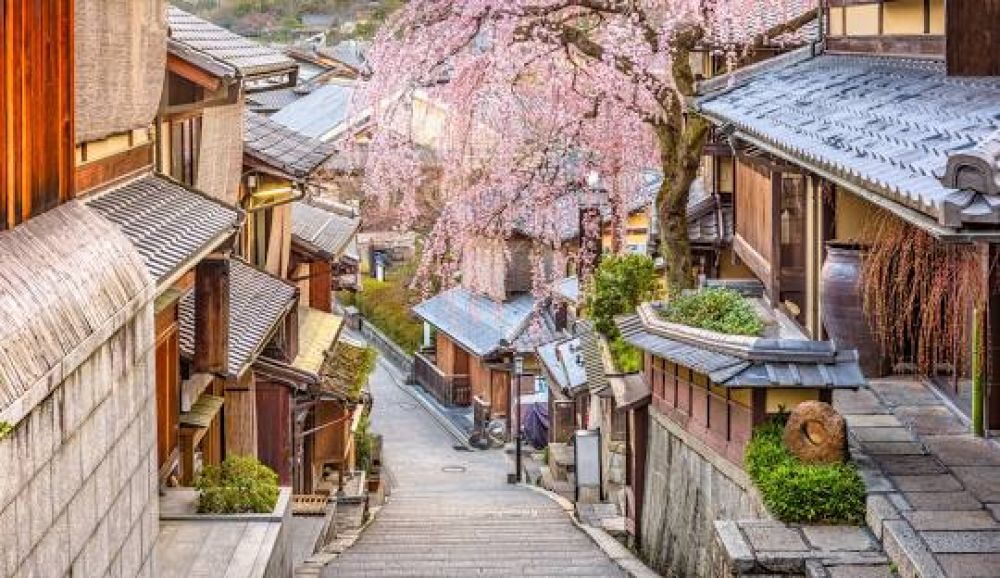

The city of Kyoto, once the imperial capital of Japan, harbors over a thousand years of rich history. Kyoto's legacy as a hub of Japanese culture, religion, and tradition has made it an imperative destination for both domestic and international visitors. Tourism in Kyoto can be traced back to the Heian Period when nobles would indulge in the scenic beauty of the city's palaces and gardens.
However, it was during the Edo Period (1603-1868) when Kyoto truly began to flourish as a tourist destination. With the establishment of the Tokaido road, one of the Five Routes of the Edo period, travel became more accessible, and visiting Kyoto became fashionable among the literate and wealthy classes. They traveled to Kyoto to experience its temples, shrines, and classical arts, laying the groundwork for cultural tourism that is still prevalent today.
In the late 19th and 20th centuries, with the advent of modern transportation, Kyoto's tourism industry expanded significantly. The city survived World War II bombings, which left much of its historic architecture intact. Post-war, Kyoto rapidly became a symbol of Japan's culture and heritage, attracting increasing numbers of tourists interested in exploring its ancient structures, such as the famous Kinkaku-ji and Ryoan-ji temples.
The year 1994 marked a significant boost in Kyoto's tourism when 17 of Kyoto's historical sites were designated as UNESCO World Heritage Sites. These include the well-known Kiyomizu-dera Temple and the historic Gion district, which exemplifies the city's dedication to preserving traditional Japanese architecture and way of life. This acknowledgment on a global scale further cemented Kyoto's standing as a top destination for cultural and heritage tourism.
Recent tourism trends in Kyoto have seen a focus on promoting sustainable tourism and preserving the city's heritage while accommodating a growing number of visitors. Efforts such in the realm of "Omotenashi", Japan's philosophy of hospitality, ensure that the visitor experience is respectful and mindful of local customs and traditions. Seasonal events like the cherry blossom in spring and the changing leaves in autumn continue to draw large crowds. Additionally, the city has been enhancing visitor engagement through interactive workshops in traditional crafts, tea ceremonies, and Japanese cuisine demonstrations.
In light of technological advancements, Kyoto has also embraced digital tools and social media to reach a broader audience. The Kyoto City Official Travel Guide, for example, provides a wealth of information accessible via a smartphone, allowing tourists to have a more informed and customized experience.
Like many global cities, Kyoto experienced a downturn in tourism due to the global COVID-19 pandemic. However, with the introduction of health measures and safety protocols, Kyoto is gradually welcoming back tourists, focusing on developing a resilient and sustainable tourism industry for the future.
In conclusion, Kyoto's tourism history is a tale of preservation amidst progression, where the past's legacy continues to shape an evolving narrative that draws visitors from all corners of the globe. As the city moves forward, it is clear that Kyoto will remain a beacon of cultural tourism, cherished for its timeless allure and the immersive, authentic experiences that it offers to every traveler.